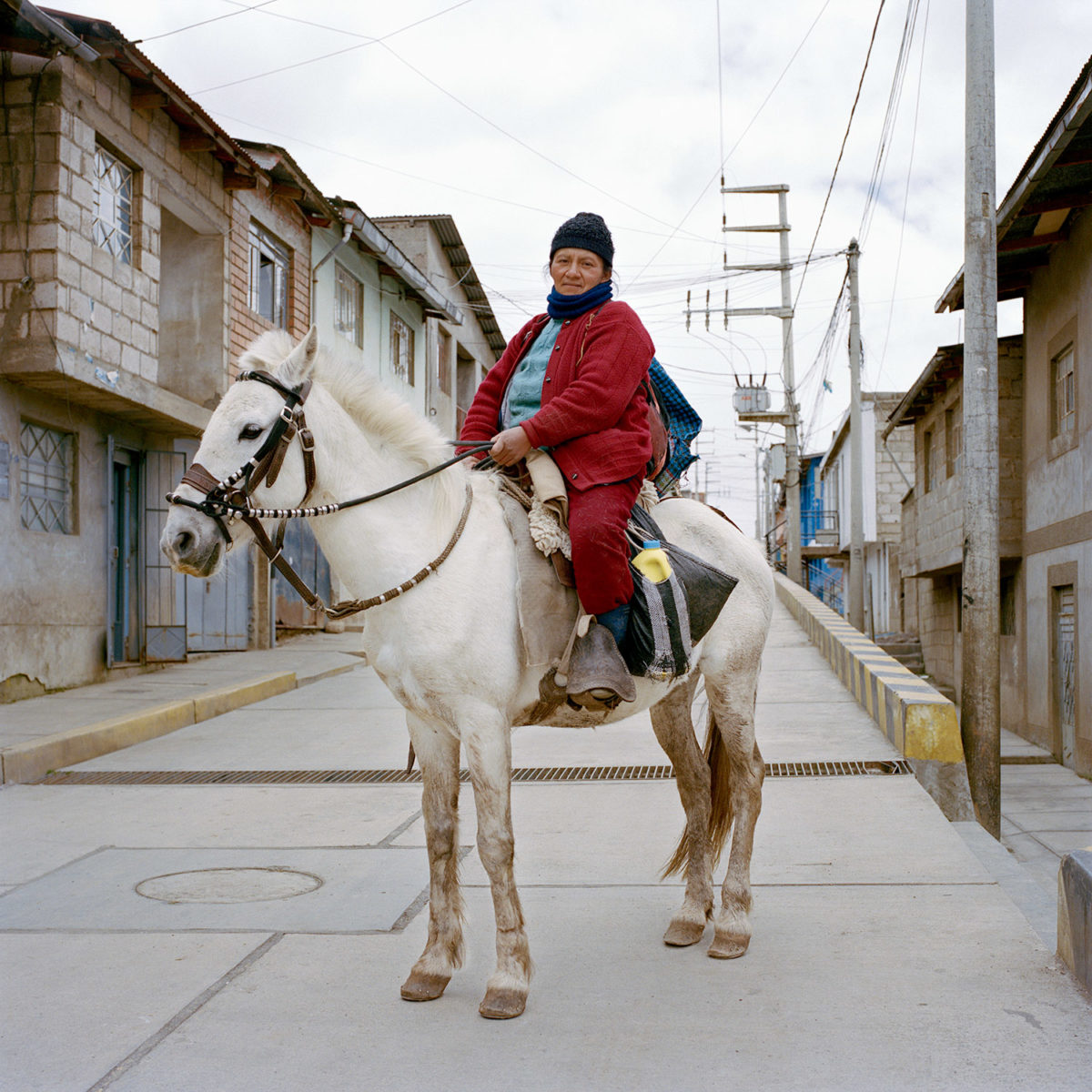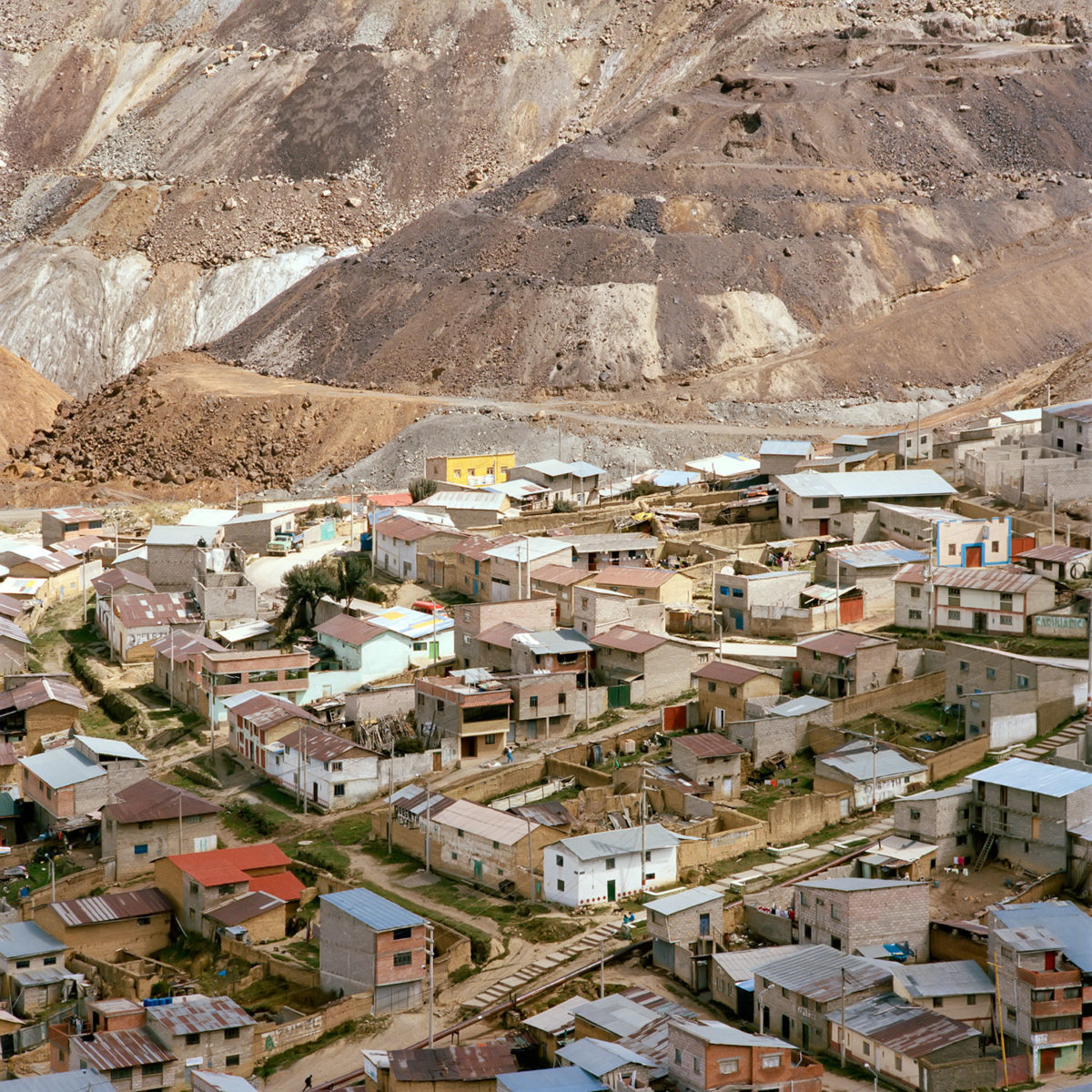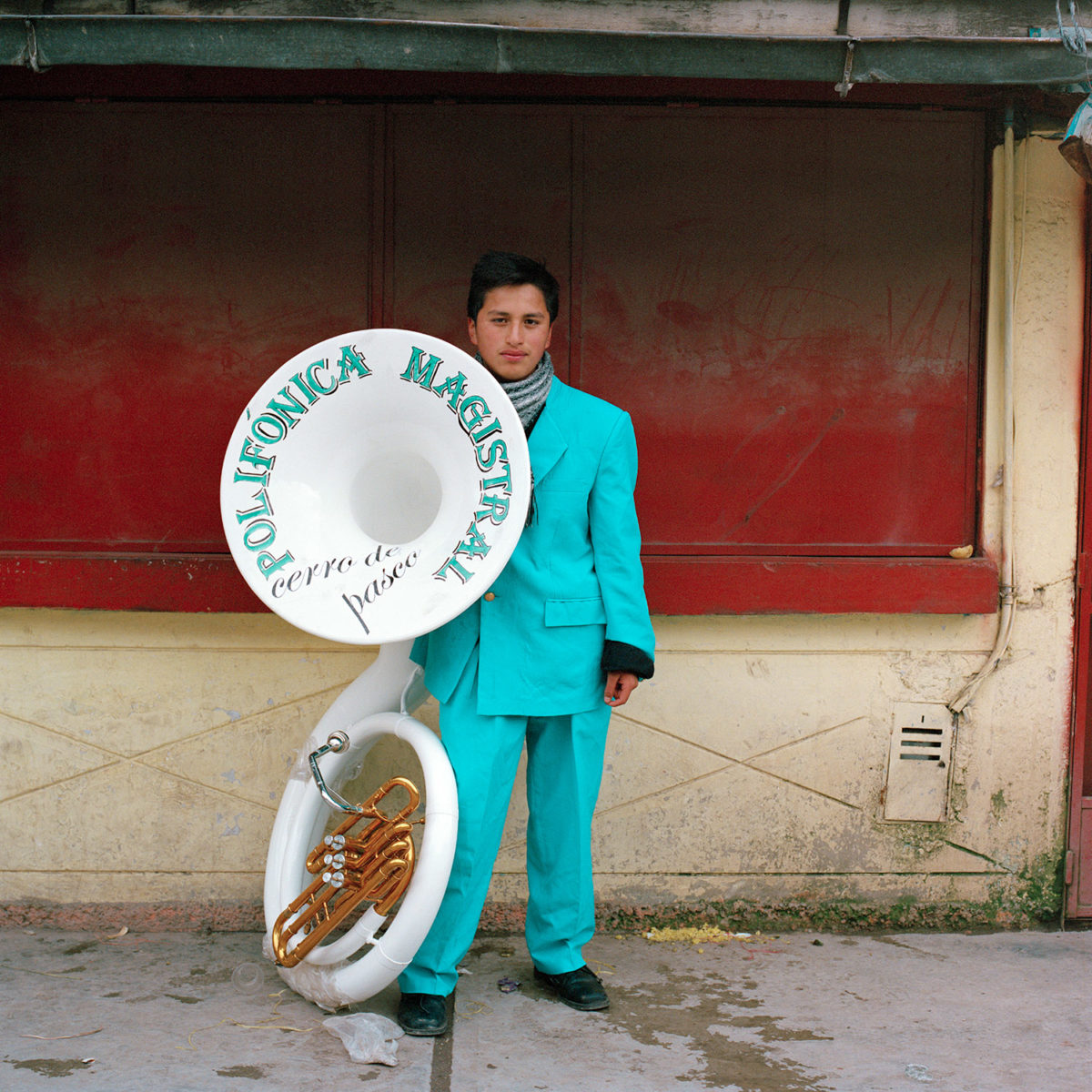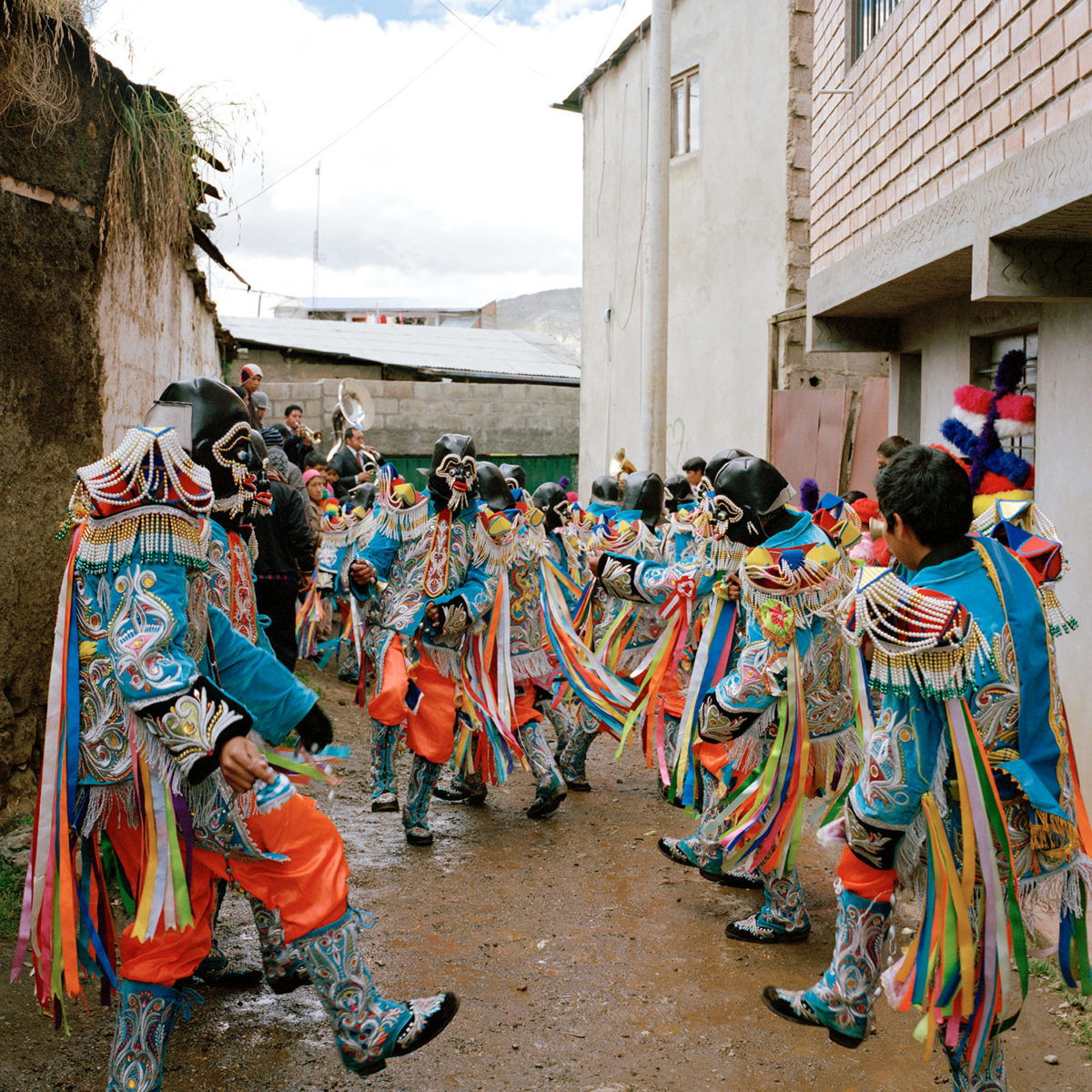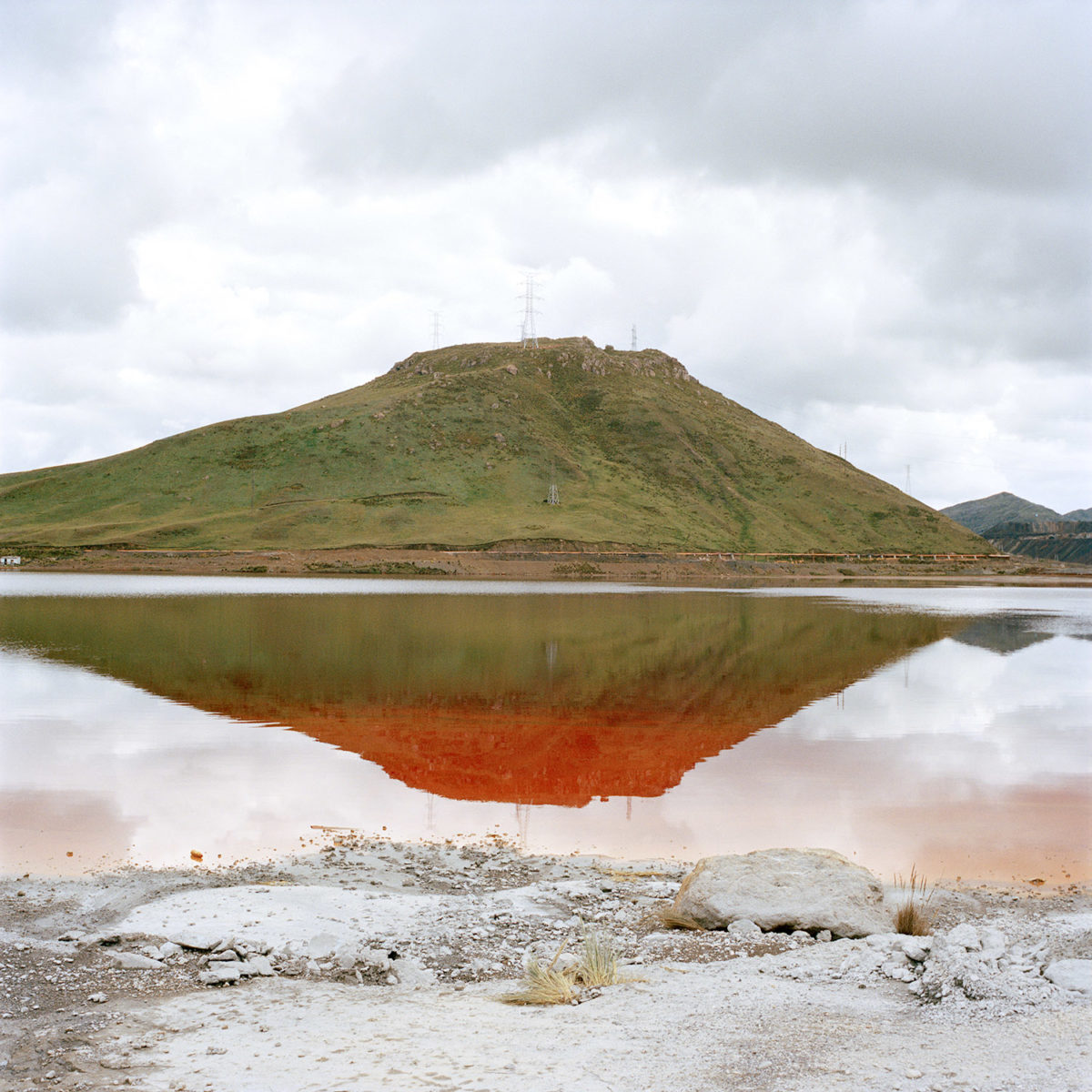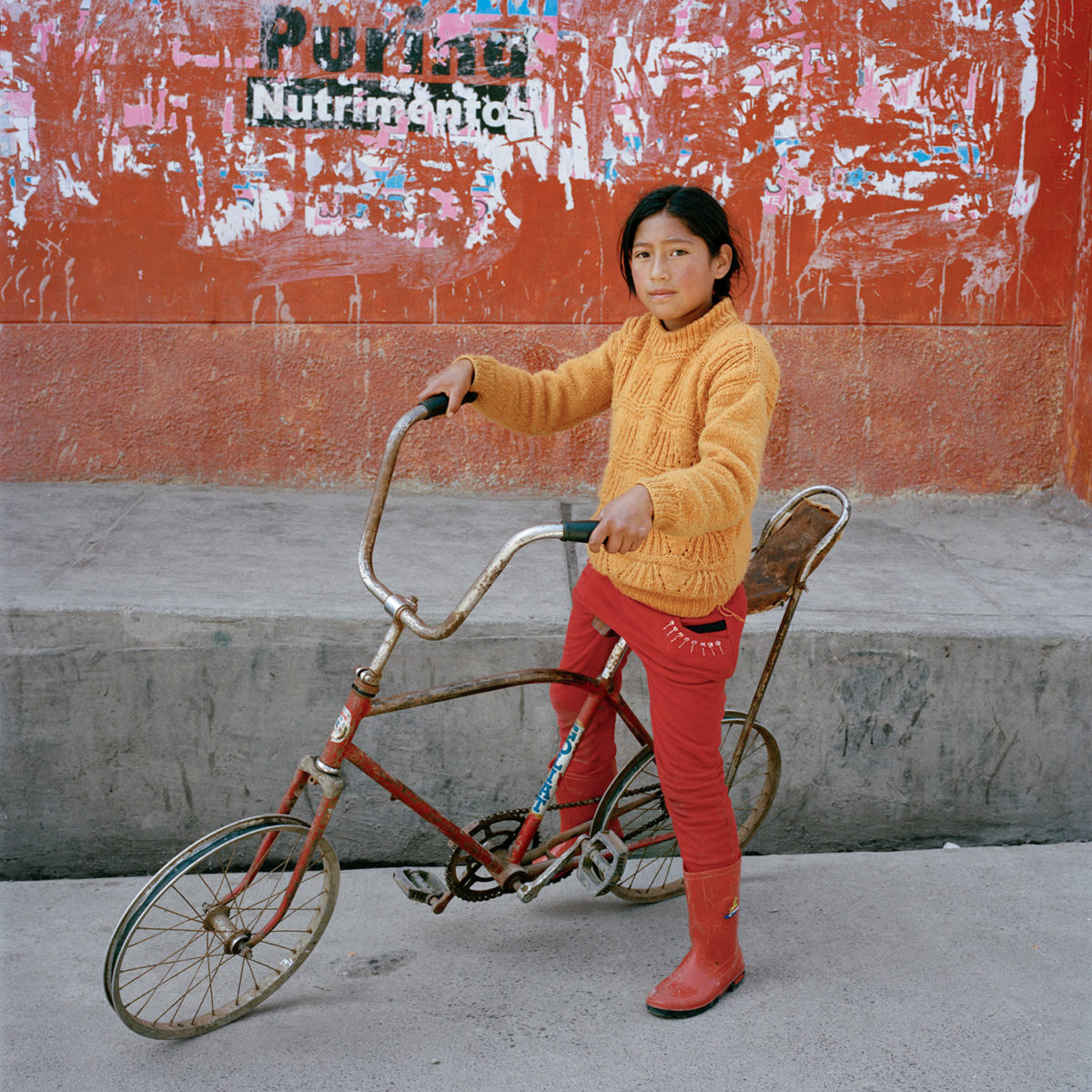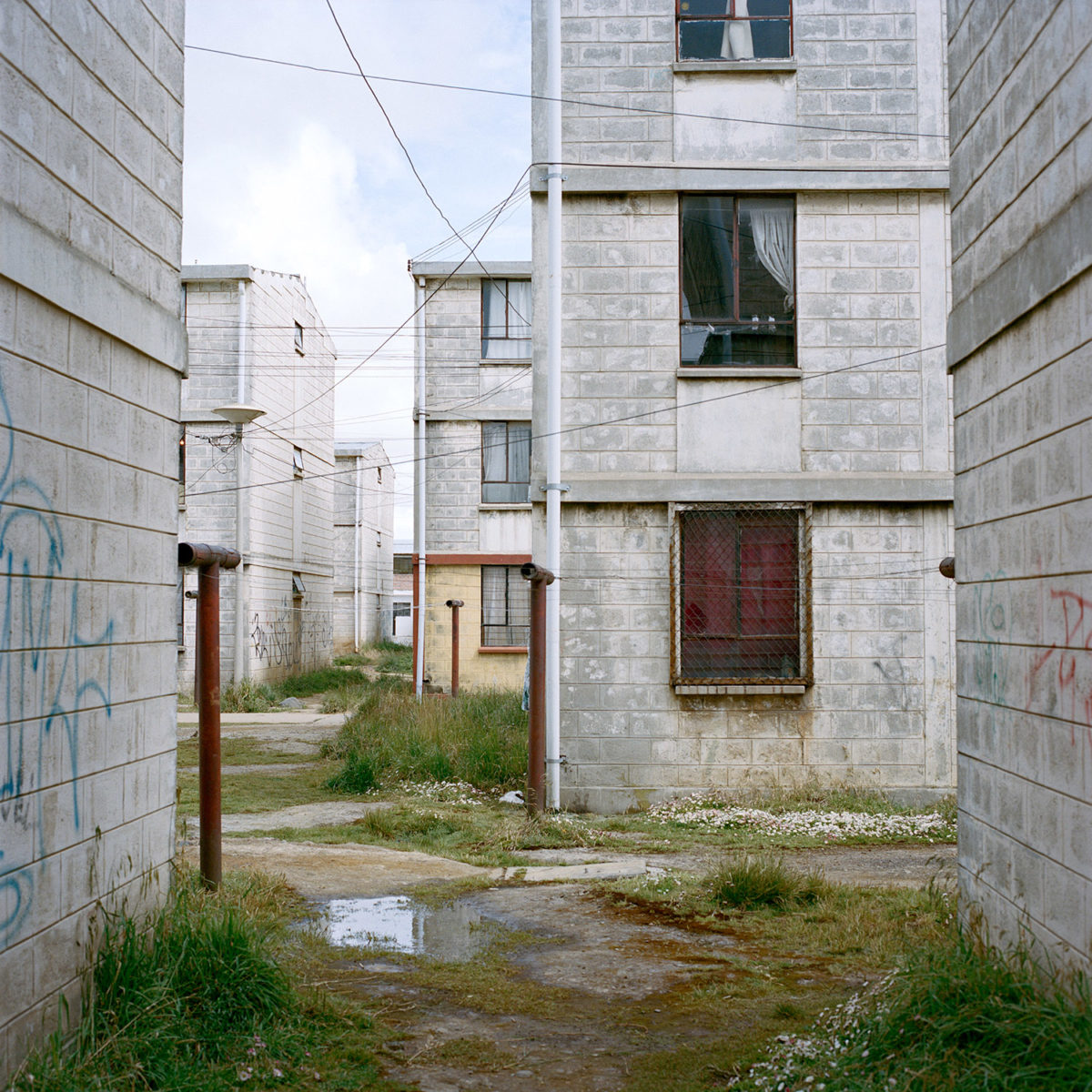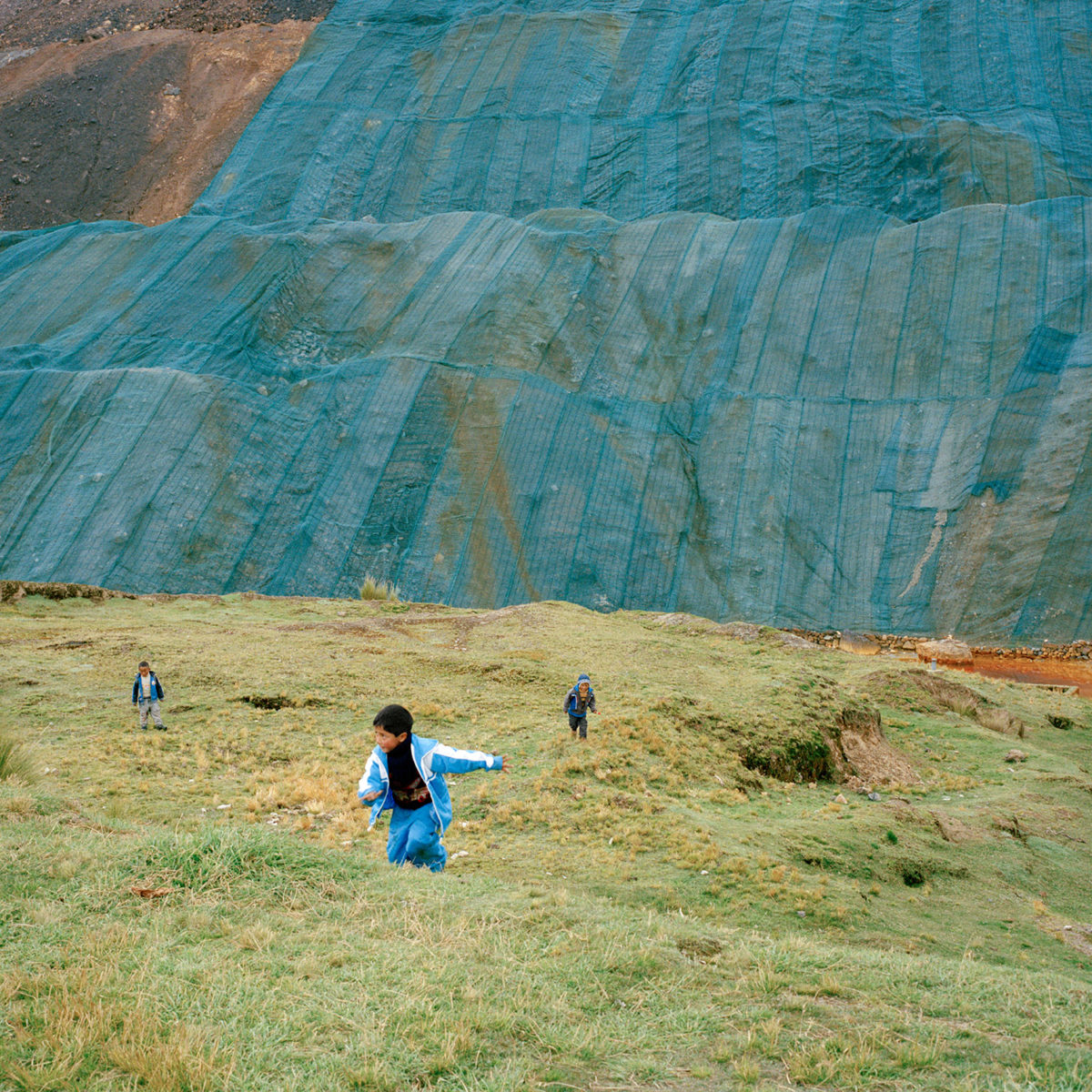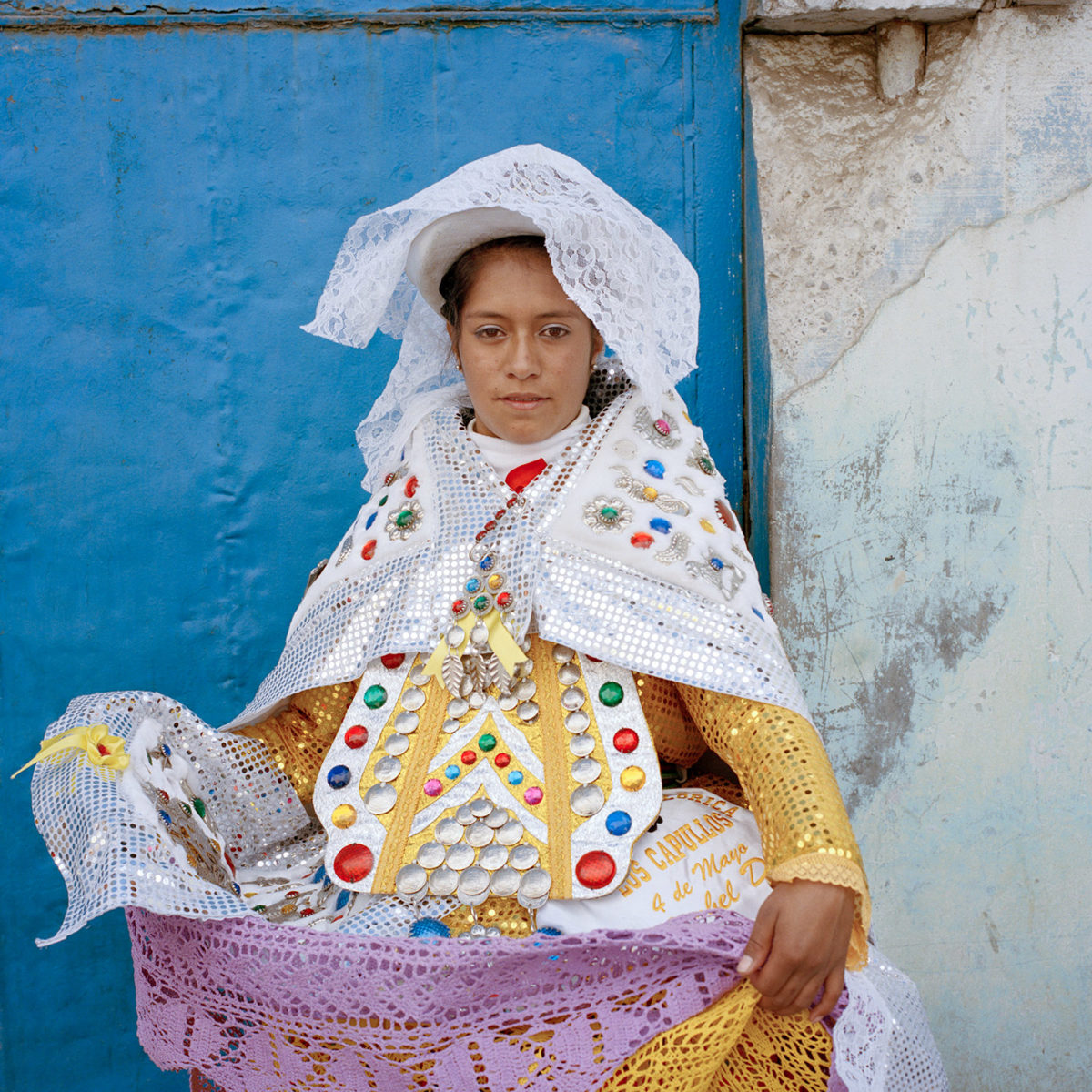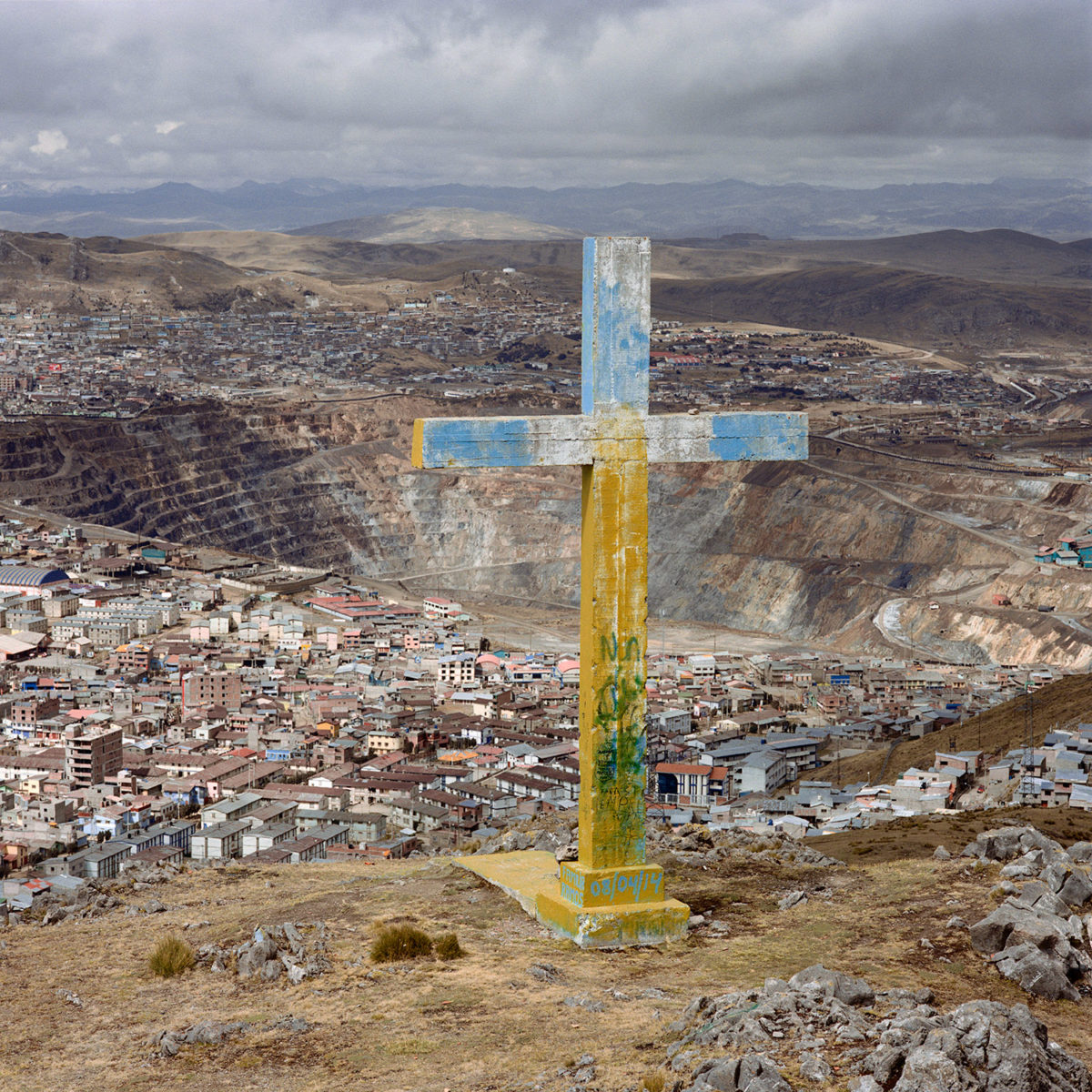Paccarik Orue's series El Muqui, explores the daily lives and environmental concerns of the communities in the Peruvian Andes.
Cerro de Pasco is a historical city of 80,000 people in the Peruvian Andes, situated on top of one of the biggest sources of income for the Peruvian government: mineral deposits. Due to economic interests and the expansion of the mine, the city is doomed to disappear. El Muqui, narrates a story of daily lives and environmental concerns, combined with elements such as the local folklore and cultural traditions.



“El Muqui” is a folkloric character in the Andean mines who is highly respected, even feared, by miners, and has a strong moral code. Popular tales talk about how he is aware of the miners desires and actions, but also playful with children. El Muqui is the center of many of the celebrations and traditions in Cerro de Pasco.
This is an important project for me because after living in the US for half of my life, I felt that it was essential to find myself and reconnect with my Peruvian roots and heritage. El Muqui also gives me the opportunity to continue making work of social relevance, and to give people, like the inhabitants of Cerro de Pasco, a voice that they do not have. As the mining activity increases, the Peruvian government is planning to relocate the city, so this project documents a city that will cease to exist as it is today.







Paccarik Orue (Lima, 1976). Orue resides in California and graduated from the Academy of Art University in San Francisco. His work has been shown at SFO Museum, Blue Sky Gallery, SF Camerawork, Jenkins Johnson Gallery, Contemporary Art Center New Orleans and has been featured in PDN, The New York Times, Conscientious, Juxtapox, among others. He was selected by PDN as one of the 30 Emerging Photographers to Watch in 2016.
For more from our showcases, click here.
For more of Paccarik’s work, click here.
